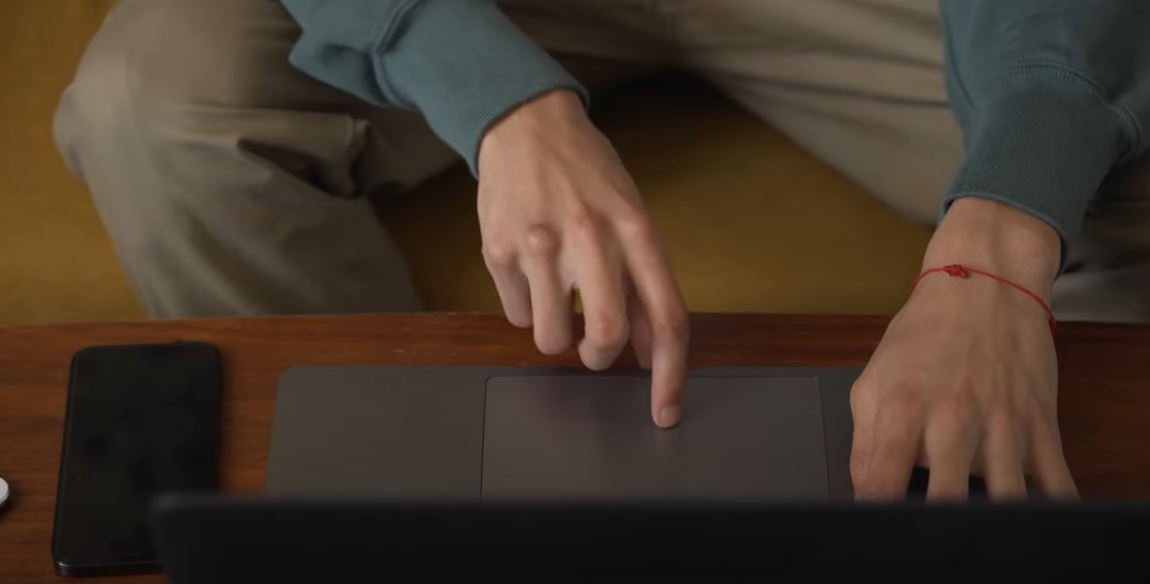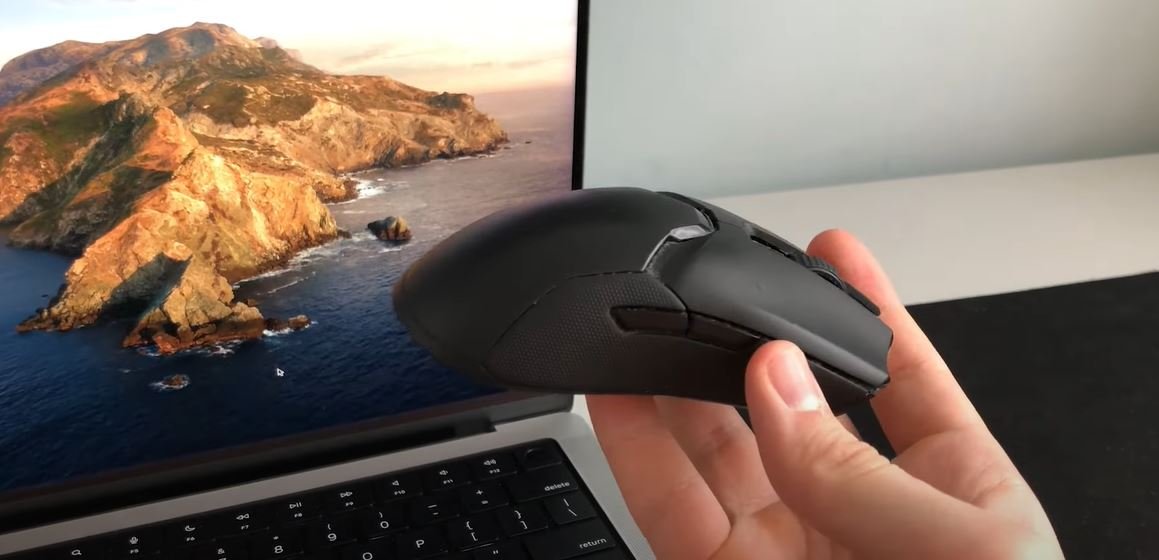The eternal debate of trackpad vs mouse has plagued users since the dawn of computing. From the inception of the iconic Macintosh, users have grappled with the choice between these two input devices. In this article, we delve into the nuances of each, exploring their strengths, weaknesses, and which tasks they excel or falter at. Whether you’re a seasoned tech enthusiast or a casual user, understanding the pros and cons of these input devices is crucial for optimizing your computing experience.
The Windows Dilemma
Before diving into the intricacies of trackpads and mice, let’s address the elephant in the room: Windows compatibility. For Windows users, opting for a mouse is often the default choice, especially considering the subpar trackpad performance on many older Windows laptops. However, recent advancements in trackpad technology, particularly in newer Windows laptops, blur the lines between the two.
Speed and Efficiency: Trackpad’s Edge
One undeniable advantage of the trackpad lies in its speed and efficiency, particularly for tasks involving frequent cursor movement. Its seamless integration with the keyboard allows for swift navigation without the need to lift your hands, making it a favorite among writers and multitaskers. However, the absence of a middle click can be a source of frustration for some users, especially when dealing with software that relies heavily on this functionality.

Mobility: The Mouse Conundrum
When it comes to mobility, the trackpad emerges as the clear winner. Its built-in nature eliminates the need for additional peripherals, making it ideal for on-the-go usage. In contrast, a mouse occupies valuable space and adds bulk to your travel gear. Yet, despite its portability drawbacks, the mouse compensates with superior precision and speed, particularly for tasks requiring fine cursor control or rapid movements.

Gestures: Trackpad Triumphs
One area where the trackpad shines is in its intuitive gesture controls. Mac users, in particular, benefit from seamless integration with macOS, allowing for fluid multitasking through gestures like Mission Control and virtual desktop switching. While keyboard shortcuts offer similar functionality, the tactile satisfaction of trackpad gestures enhances the overall user experience.
Ergonomics: The Comfort Factor
Ergonomics play a significant role in determining user preference. Prolonged trackpad usage can lead to discomfort and even friction burns, especially during extended periods of use. In contrast, a mouse offers better ergonomics, reducing strain on the fingers and wrists. For users prone to repetitive strain injuries or chronic laziness, opting for a mouse may be the safer choice in the long run.

Cost Considerations
From a financial standpoint, the trackpad holds a clear advantage. Included as a standard feature in most laptops, it incurs no additional cost to the user. Conversely, a quality mouse may require a separate investment, albeit a modest one compared to the overall cost of a laptop. However, for users seeking enhanced productivity or specialized functionalities, the benefits of a mouse may outweigh the initial investment.
Task-Specific Recommendations
Ultimately, the choice between a trackpad and a mouse boils down to your specific computing needs. For casual web browsing or document editing, the trackpad suffices, especially in scenarios where space constraints or mobility are paramount. However, tasks that demand precision, such as graphic design or video editing, warrant the use of a mouse. Combining both input devices can unlock the best of both worlds, enabling seamless multitasking and workflow optimization.
The Missing Piece: Productivity Secrets Unveiled
Regardless of your input device preference, true productivity transcends hardware. As hinted in the transcript, unlocking your full potential requires more than just a trackpad or mouse. we unveil the secret to transforming into a productivity machine with any computer, revolutionizing the way you work and harness the power of technology.
Comparison Table: Mouse vs Trackpad
| Aspect | Mouse | Trackpad |
|---|---|---|
| Speed & Efficiency | Superior precision and speed. Ideal for rapid cursor movements and fine control. | Swift navigation, seamless integration with keyboard. Perfect for multitasking and frequent cursor movement. |
| Mobility | Requires additional space and adds bulk to travel gear. | Built-in feature, ideal for on-the-go usage. |
| Gestures | Limited gesture support; relies more on keyboard shortcuts. | Intuitive gesture controls, seamless integration with OS. |
| Ergonomics | Better ergonomics, reduces strain on fingers and wrists. | May lead to discomfort and friction burns during prolonged use. |
| Cost | Requires separate investment, but relatively modest compared to overall laptop cost. | Included as a standard feature in most laptops; no additional cost. |
| Recommendation | Best suited for tasks requiring precision and rapid clicks. | Ideal for casual browsing, document editing, and mobility-centric scenarios. |
Conclusion
In conclusion, the mouse versus trackpad debate is not merely a matter of personal preference but a nuanced consideration of efficiency, ergonomics, and task requirements. By understanding the strengths and limitations of each input device, you can tailor your computing setup to suit your unique needs, maximizing productivity and comfort in the digital realm.
Frequently Asked Questions (FAQs) About Mouse Vs Trackpad
1. Which input device is better for gaming, a mouse, or a trackpad?
- For gaming, a mouse is generally preferred due to its superior precision and speed, making it ideal for tasks requiring rapid movements and precise aiming.
2. Can a trackpad replace a mouse for professional tasks like graphic design or video editing?
- While a trackpad can suffice for basic tasks, professional software like Photoshop or Premiere Pro often benefit from the precision and control offered by a mouse, especially for tasks involving intricate detail work.
3. Are there any ergonomic considerations when choosing between a mouse and a trackpad?
- Yes, ergonomics play a crucial role in long-term comfort and health. A mouse typically offers better ergonomics, reducing strain on the fingers and wrists compared to prolonged trackpad usage.
4. Do trackpads support gestures, and how do they compare to mouse gestures?
- Yes, trackpads support a wide range of gestures, particularly on macOS, enhancing multitasking and navigation. While some mice offer gesture support, trackpad gestures are often more intuitive and seamlessly integrated with the operating system.
5. Are there any additional costs associated with using a mouse compared to a trackpad?
- Yes, purchasing a quality mouse may require a separate investment. However, this cost is often modest compared to the overall expense of a laptop. In contrast, trackpads are typically included as a standard feature in most laptops, incurring no additional cost to the user.
6. Can I use both a mouse and a trackpad simultaneously for enhanced productivity?
- Absolutely! Combining both input devices can offer the best of both worlds, allowing for seamless multitasking, workflow optimization, and enhanced user experience. This approach is particularly beneficial for users with diverse computing needs.
7. How can I optimize my computing setup to maximize productivity with either a mouse or a trackpad?
- Understanding the strengths and limitations of each input device is crucial for optimizing productivity. Tailor your choice based on task requirements, ergonomic considerations, and personal preferences to create an efficient and comfortable computing environment.
8. What are some tips for mitigating discomfort during prolonged trackpad usage?
- To reduce discomfort during prolonged trackpad usage, consider taking frequent breaks, maintaining proper posture, and investing in ergonomic accessories like wrist rests. Additionally, adjusting trackpad sensitivity settings to suit your preferences can help minimize strain on your fingers and wrists.
9. Are there any compatibility issues with using a mouse or trackpad on different operating systems?
- Generally, both mice and trackpads are compatible with various operating systems. However, users may encounter differences in functionality or gesture support depending on the specific device and operating system. It’s essential to check compatibility and driver support when using external mice or trackpads with different platforms.
10. What steps can I take to enhance productivity regardless of my choice between a mouse and a trackpad?
- Beyond hardware choices, productivity hinges on effective time management, task prioritization, and leveraging software tools to streamline workflows. Consider adopting productivity techniques like the Pomodoro Technique, task batching, and utilizing productivity apps to maximize efficiency and focus in your work.
